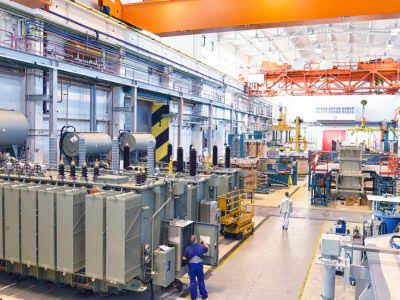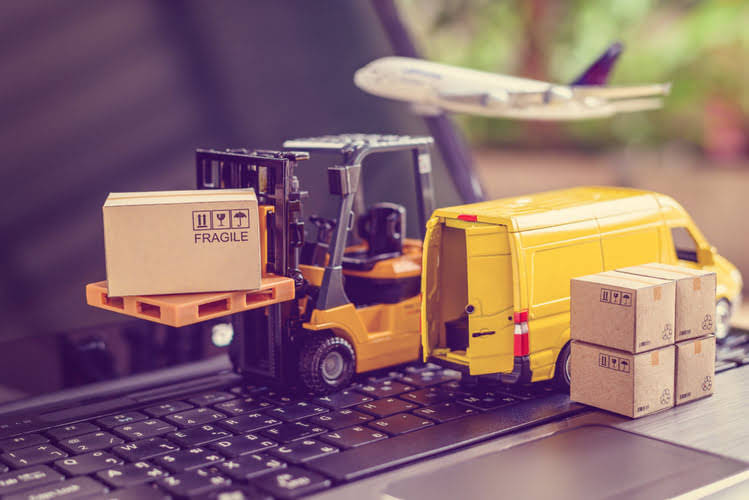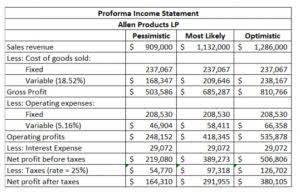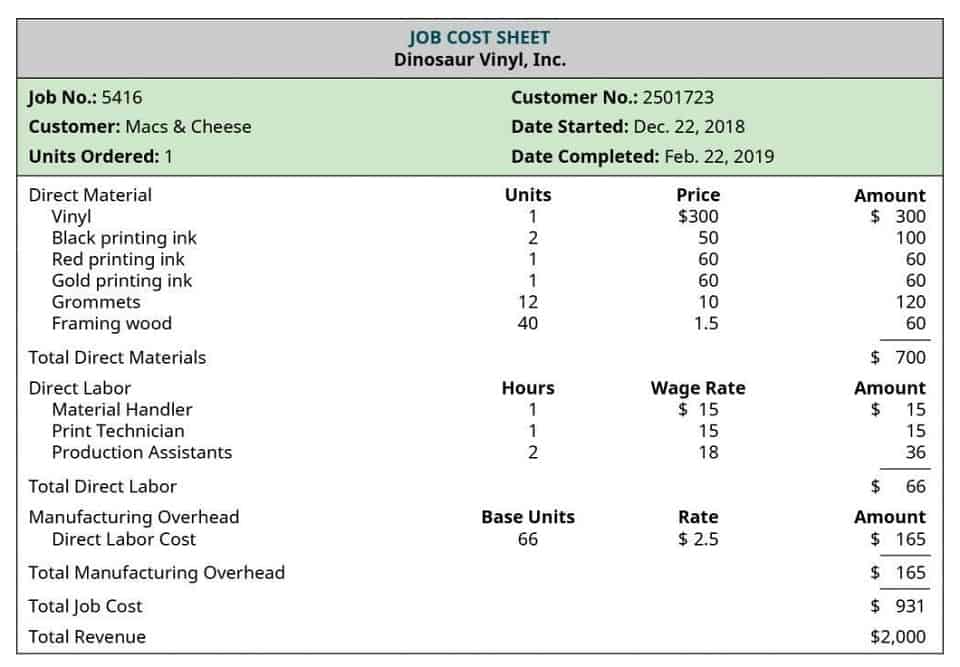
The cost of raw materials can fluctuate based on the amount of material purchased and the current price of the materials at the time of purchase. The price of these materials may also include shipping costs, so buying in bulk can be a way to cut down on expenses. Manufacturing costs are a critical factor in the financial health and competitive positioning of any production-oriented business. They influence not only profitability but petty cash also pricing strategies, investment decisions, and overall operational efficiency. Understanding total manufacturing cost also influences product development and innovation. Identifying cost drivers and areas for improvement helps businesses allocate resources efficiently, prioritize research and development, and enhance product quality to meet customer demands.
What’s the difference between direct and indirect manufacturing costs?
To find the total manufacturing cost, you must calculate the total wages paid to direct labor during a specific period. In order to begin electrode production, raw materials undergo quality control before being transferred in large packs to the mixing tower. Similar to Knehr et al.7, we considered planetary mixers with a working volume of 1610 L (anode) and https://x.com/bookstimeinc 1890 L (cathode). The battery slurry is then pumped to the coating machines and applied onto the respective current collector using continuous double-sided coating equipment with a convective drying device. The application of the slurry is done using a slot die coating with a maximum coating width of 1000 mm and a web speed of 80 m min−1 7. The coating widths and number of tracks may vary slightly due to the different cell dimensions.
Types of Manufacturing Costs

These can include indirect labor costs, such as wages for supervisors and the material handling team. Indirect materials costs are also part of manufacturing overhead, such as the purchase of lubricants, grease and water that aren’t used as raw materials. To determine the total manufacturing cost for the production of your finished product, add the direct materials cost with the direct labor costs and the manufacturing overhead costs.
- When executing production commands, VIindoo software allows you to record the actual amount of the material consumed.
- The tool then calculates the saved cost due to recycling based on the scrap rate and throughput, using a recovery rate to define the fraction of material costs retrieved for selling the scrap.
- This generally includes materials and labor, which vary based on many factors, such as demand planning and staffing.Wondering how to calculate direct materials cost?
- Effective cost management systems help control expenses, improve efficiency, and boost profitability.
- Integrating these systems with other business tools ensures smooth operations and better decision-making.
Interpreting the Results of Total Manufacturing Cost Calculation

With regard to the impact of the cathode active material, a significant difference can be identified (Fig. 5, right). As the LFP-based cells contain a lower energy density, more cells must be produced, directly impacting the required number of machines (cf. Supplementary Fig. A3). The additional production equipment consequently necessitates more space, leading to higher costs for building and production environments. This is underlined by the unexpected fact that even though the electrode production for LFP is not considered in a dry room, the overall dry room area is larger for the LFP compared to the NMC811 cell. When looking at total manufacturing cost, you might not only learn that the materials being bought are too expensive, but also that excessive quantities are being bought unnecessarily.
- You can track expenses by looking at your invoices, receipts, and records of all expenditures related to manufacturing overhead.
- In this regard, the operation of its own recycling plants could further contribute to supply and price advantages51.
- We showcase the model with case studies of a prismatic PHEV2 hardcase cell and a cylindrical 4680 cell in four different chemistries.
- The main components of total manufacturing cost are direct materials, direct labor, and manufacturing overhead.
- More details and equations can be found in Supplementary Table A4 and Supplementary Note 1, Section B. To over-dimension the anode capacitance, a balancing factor of 20% was used in all cases.
Maximizing Profitability: A Comprehensive Exploration of Total Manufacturing Cost
To gain a comprehensive understanding of total manufacturing costs, it is necessary to dissect them into their primary components. These components are direct materials, direct labor, and manufacturing overhead. Each plays a distinct role in the creation of a product and, when combined, they form the total cost of manufacturing. A detailed examination of these elements provides a clearer picture of how total manufacturing cost formula resources are consumed and what drives the cost structure within a manufacturing operation. Manufacturing costs are the prices incurred during the manufacturing process. Manufacturing costs are made up of direct materials costs, direct labor costs and manufacturing overhead, which we’ll get to in greater detail shortly.

An example of this difference is if the company producing blankets determines that the total manufacturing cost for 1000 blankets is $20,000. Due to a staffing shortage, only 750 blankets could be produced by the end of the period, lowering the COGM to $15,000. Regardless of the number of blankets made during the production process, $20,000 was still allocated for the labor, overhead, and materials used in this production run.
The Role of Change Management in New Software Implementation
- A detailed examination of these elements provides a clearer picture of how resources are consumed and what drives the cost structure within a manufacturing operation.
- Another measure is curtailing human resource expenses while ensuring higher productivity at the same compensation by reducing idle time or unproductive sessions.
- Understanding total manufacturing cost is also important for budgeting and forecasting.
- In crafting the dining table set, several direct materials are required, such as solid wood, hardware, upholstery fabric, and finishing materials.
- Total manufacturing cost includes three key components – direct materials, direct labor, and manufacturing overhead.
- This rate includes wages, benefits, and any additional payroll costs for the employees directly involved in production.
- It may also shine a light on costs that have, over time, become extortionate without you realising.
Additionally, revisiting service contracts for equipment maintenance and utilities can uncover opportunities for cost savings. As you can see, by collecting cost data and calculating it accurately, businesses can optimize cost management and set the right price for their products to gain a competitive advantage. By calculating manufacturing costs, companies can clearly understand the true cost of making a product. Based on this information, the company’s management can add a markup to determine competitive selling prices for their products. While this is a simplified view of direct labor calculation, accountants also include the benefits, overtime pay, training costs, and payroll taxes when calculating the hourly rate. The primary aim of evaluating the these costs is to determine the cost of finished goods while analyzing those components that are increasing the production cost.
Scrutinizing Total Manufacturing Cost: Your Path to Profitability

In the following, we briefly explain the case study with the assumed cell and production design. The Methods include a detailed description of the cell design and production scenario, including the chosen process technologies. The Supplementary Information contains an extensive overview of the parameters and the underlying formulas of the model. Here, Supplementary Tables A1–A6 provide further information on the cell design and materials.
